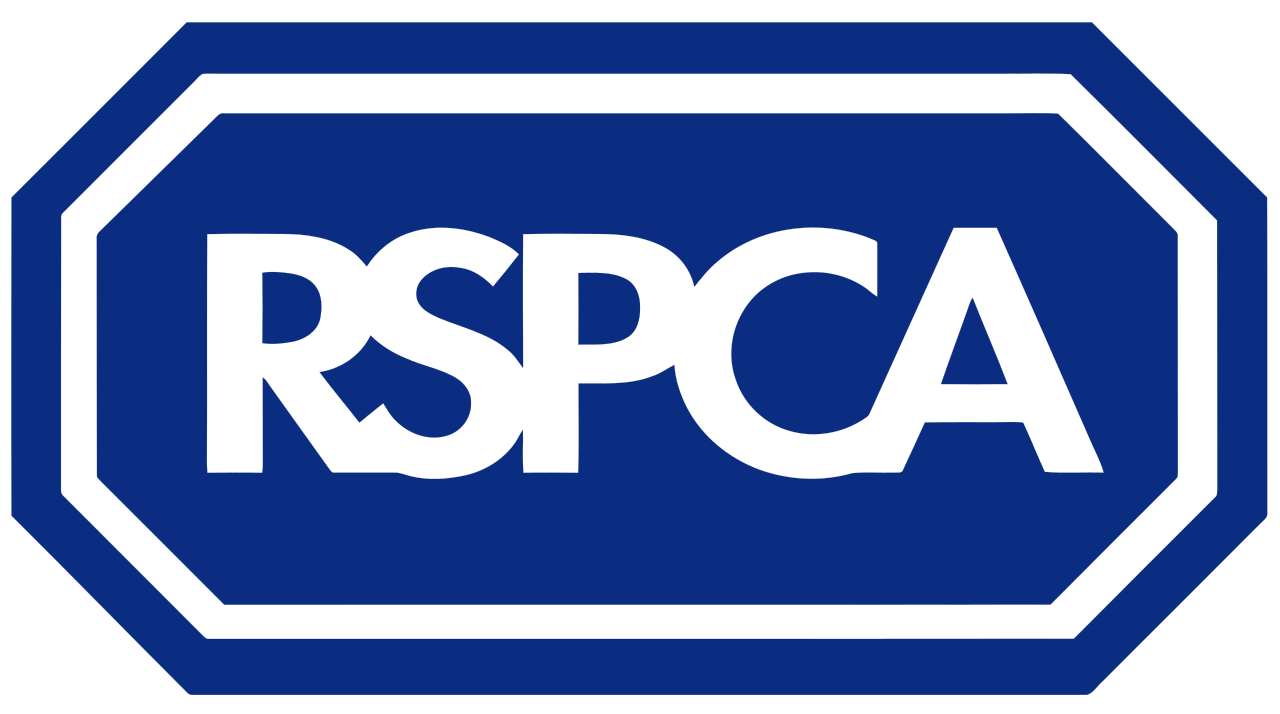Separation anxiety exhibits itself in many forms, including crying, barking, destruction of items in the home, soiling inside and even self mutilation, when the dog is left alone. One way to help separation anxiety is to change the dog’s association with your “leaving routine”. Your leaving routine is anything that indicates to the dog that you are going out. These actions include picking up your keys, putting on a jacket etc. In order to slowly, over weeks and months, change a dog’s association from “Panic my humans are leaving”, to “When my humans do this they don’t always leave but when they do leave they always come back”, we need to do a few steps.
● Step 1: Create a safe space for the dog. Ideally something fully covered like a bed with a top on it, or a crate with a blanket over. Make this space really inviting! Provide a soft comfy bed and offer enrichment items in there and a couple of times a day sprinkle treats in there. Make sure if you are using a crate that you do not shut the door at any point if your dog shows any signs they are worried by this. This will taint the safe and happy space. This area is also a really good place to spray pet remedy or other pet calmers you may be using a couple of times a day. There should also be access to other important resources, such as their water bowl, either in or near their happy space, so they won’t have to venture out of it in search of these things, if they are feeling too worried to do so.
● Step 2: Practice your “leaving routine”, but don’t leave, a couple of times a day. Do what you would usually do when you are about to leave the house. For example, put your shoes on, pick up your keys etc, but instead of leaving, sit back down. This will, over time, take the panic and rising anxiety out of your leaving routine.
● Step 3: Play down the situation when you are leaving the house. When you do have to leave the house, don’t over fuss the dog, avoid eye contact and stay calm. Pop some nice enrichment into the safe area and leave as calmly as you can.
● Step 4: Only once you are feeling confident that the dog is feeling a lot more relaxed when you are doing your leaving routine, start practising leaving, but then coming back in. Start by leaving for 30 seconds for a while, then increase to 1 minute, 1.30 minutes, 2 minutes and so on. Make sure not to increase the time too quickly. Stick with 30 seconds for a few days before increasing the amount of time and if you do increase the time and you notice your dog not coping as well as they were with the previous amount of time, take it back to the previous amount of time for a couple more days/weeks etc as that is a sign you have gone too far with the training too quickly.
Extra help
If you are struggling please get in touch with a qualified behaviourist. These can found by copying and pasting the following link into your web browser:
https://www.rspca.org.uk/adviceandwelfare/pets/general/findabehaviourist
Jade Spiro BSc 2022

